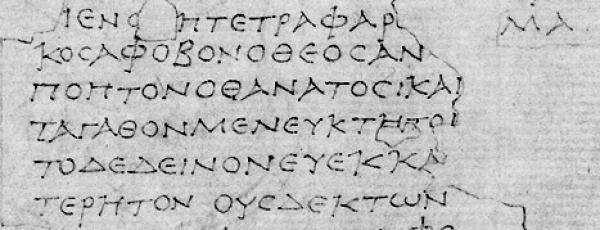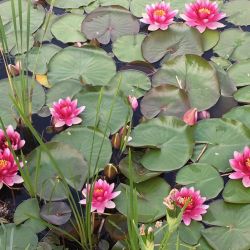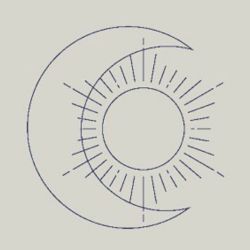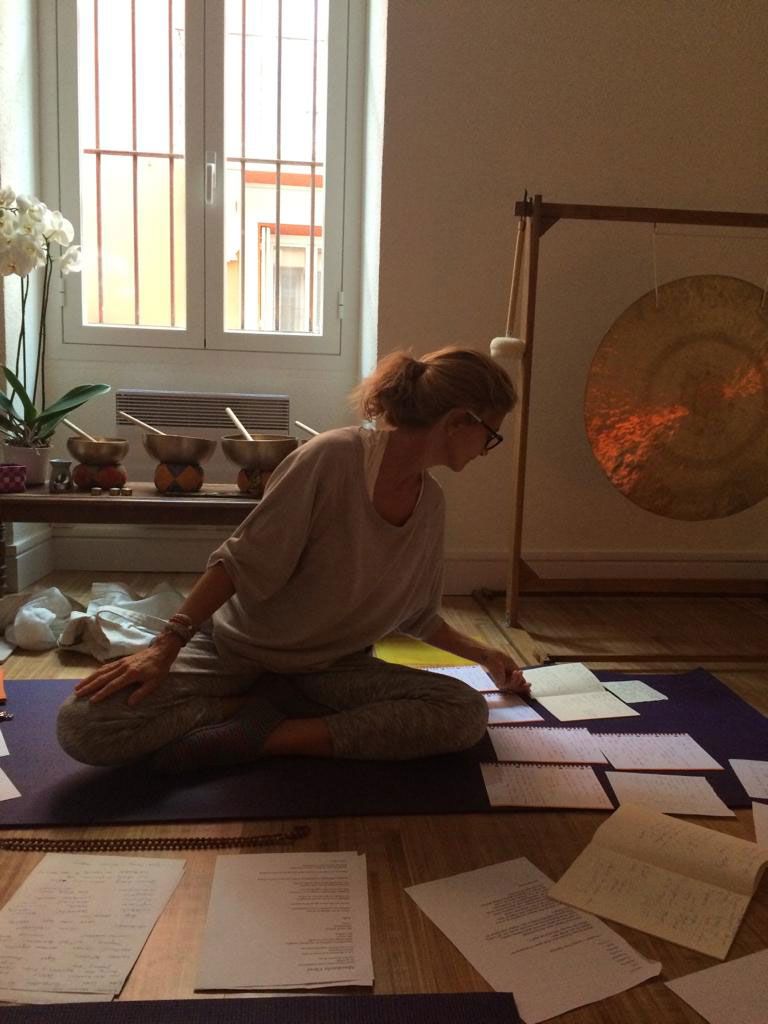Traditional Chinese Medicine (TCM)
Chinese medicine is a health system that believes in balance of mind, body and environment. Taoists believe that the body is a microcosm of the universe, interactive and interdependent, in relation between man and nature. The preservation of health depends on the integrity of the body and its relationship with the outside world.
In Chinese medicine the approach is individualized, that is to say the individual, even if two people have the same symptom or the same disease, they can have a totally different treatment depending on the pathology. In Western medicine, there is usually a standard treatment for the same disease. Traditional Chinese Medicine (TMC) wants to discover the root cause that is causing the discomfort or symptom in order to resolve it. If we only treat the symptom, it will keep coming back and the root problem will only create more symptoms.
In our modern world, we are always busy, connected and always on the move. It expands our Qi (vital energy). When we heal or when we want to improve our health, we must save our Qi and take care of ourselves. We find it difficult to really relax and we have lost the importance of restorative rest, meditation or cooking…
The mind and body are one unit, supporting each other. When there is a symptom such as anxiety in TCM, we also treat the associated organ system which is the spleen and stomach. Now, modern medicine understands the connection between the mind and the gut, in TCM practiced for thousands of years.
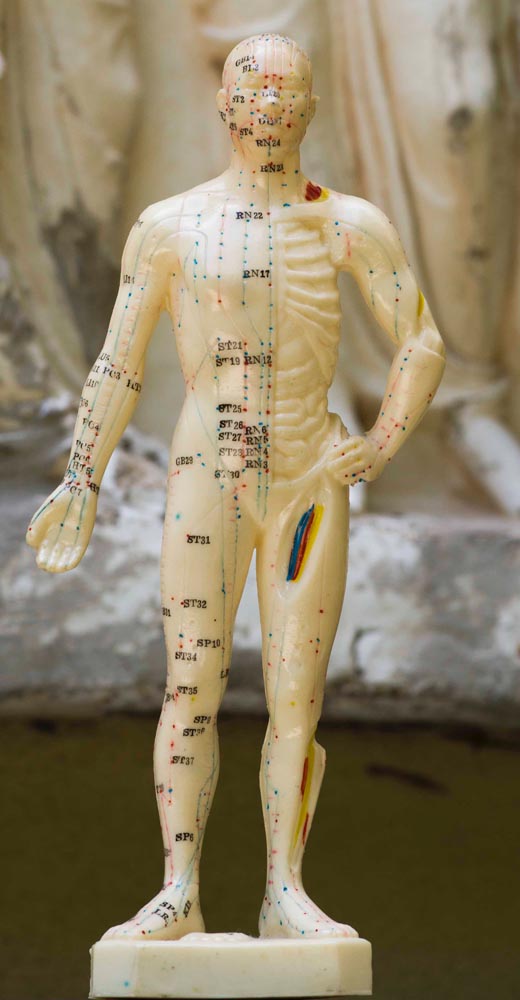
Acupressure is one of the oldest healing methods in the world.
Acupressure has its origins in Traditional Chinese Medicine (TCM) and is one of the oldest healing methods in the world. Acupressure refers to the stimulation of acupuncture points without puncturing the skin, but by massaging. The term comes from Latin and is composed of “acus” which means needle and “premere” – pressure.
The fields of application of acupressure are multiple. This method can help relieve or eliminate physical pain or mental disorders, can be used as a preventive measure against diseases and can support healing processes – with virtually no side effects. It is particularly suitable for people who are afraid of needles since it is practiced without them.
Like acupuncture, acupressure is used to mobilize the self-healing forces of the body. This is done by targeted massage of acupressure points which are often found on the meridians of the body or trigger points which mark the origin points of pain. The relevant reflex zones are often found on the connective tissue fascia, which are massaged and stimulated by pressure stimuli. The thumb, the palm of the hand, the elbow or the knee.
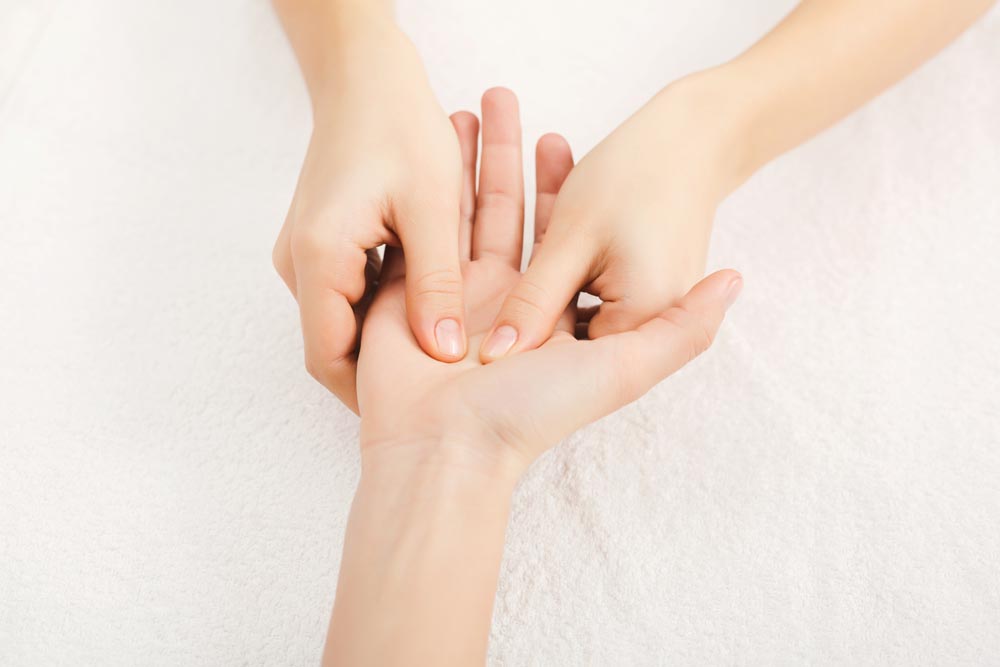
Acupressure and Qigong Tuina:
for acute and chronic pain, digestive problems, stress, anxiety, insomnia, depression. Acupressure can be a very gentle and soothing experience that regulates the whole body through the nervous system.
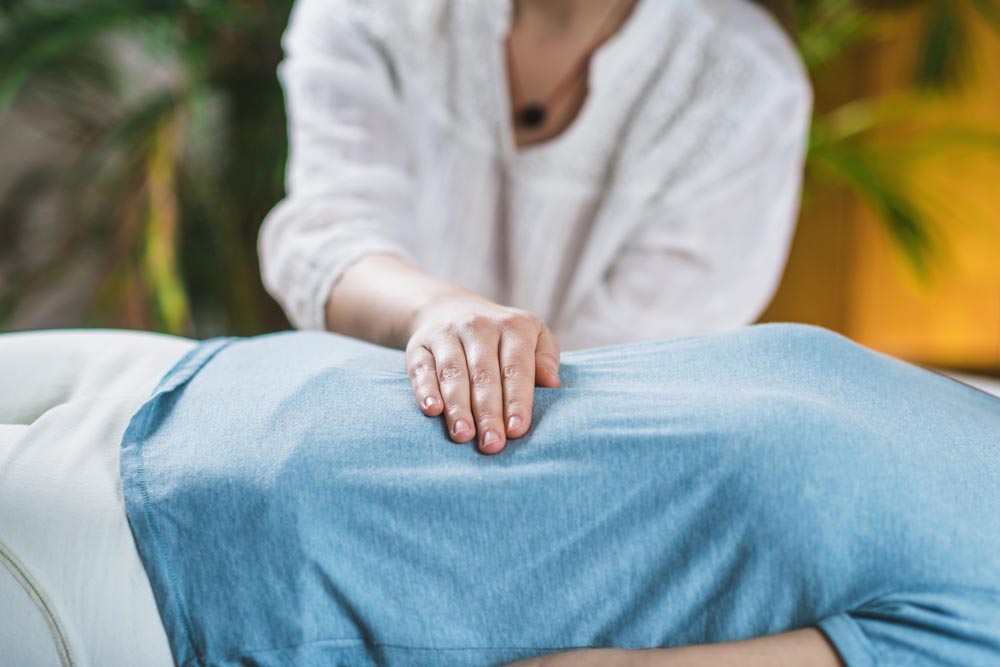
Psycho-Physical Release Session
Comprehensive treatments can provide deep emotional release, bringing change and growth on all levels. Physical, mental and spiritual. These treatments are based on the principles of Traditional Chinese Medicine, muscle tension patterns and the belief that emotions are the internal cause of pain and illness. Subtle changes and opening new doors allow for a fuller expression of life and creativity with less fear, less tension and more peace.
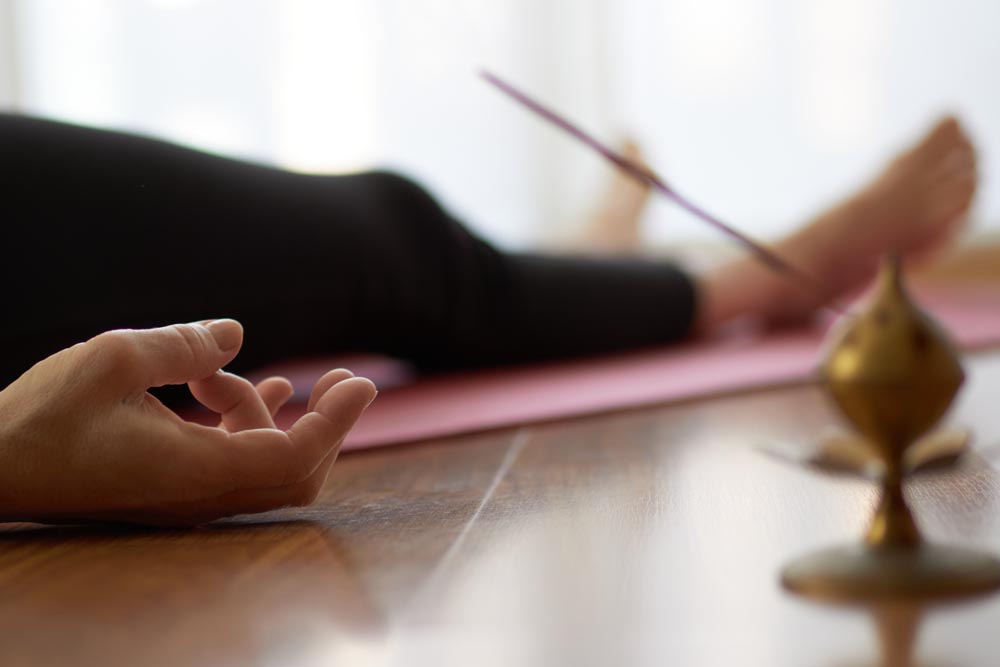
Restorative-Regulatory Session
Treatment designed for deep rest, diving into layers of unconsciousness. This treatment addresses each organ system and taps into the extraordinary meridians that contain vast reserves of energy. Its effect is similar to savasana in yoga.
Moxibustion in Traditional Chinese Medicine (TCM)
Moxa therapy or thermotherapy is a treatment method used in traditional Chinese Medicine. Moxibustion is a holistic and effective therapy that can be used to relieve a large number of disorders and has long proven its worth in the treatment of illness, in particular “cold illnesses”. This method of treatment is one of the oldest practices in Chinese medicine.
The heat generated during the combustion of mugwort (artemisia vulgaris) is used to mobilize the self-healing forces of the body. The objective is to restore the inner energy balance between Yin and Yang, the Qi, which is disturbed by illness. Moxibustion is used especially for yin-like illnesses and illnesses caused by cold and damp, but also for deficiency type illnesses, such as chronic bronchitis, chronic asthma, depression and fatigue.
Gua Sha
Gua Sha is an oil scraping technique that is very common in TCM practitioners, especially in Asia. Blood flow and metabolic processes in skin, muscle, fascia and connective tissue are stimulated using hand-sized tools such as jade or horn scrapers that scrape the skin from affected areas. As some pressure is required, a massage oil is usually applied to the skin beforehand to ensure an even glide of the scrapers. This connective tissue massage may cause discoloration of the treated areas, but no serious injury; in principle, the Gua Sha is made with objects and tools with rounded edges.
Facial Yoga & Gua Sha, Cranial massage: A great way to enhance natural beauty and get rid of tension in the face and throat that can cause an aged appearance. It can also help relieve neck pain, jaw pain and headaches.
Cupping
Chinese cupping has been part of the arsenal of traditional Chinese medicine for over 2000 years. They are used to stimulate blood circulation. The lymph, and the energy in the body. Bell-shaped or cylinder-shaped suction cups are placed on the skin at acupuncture points along the meridians, and more generally “at places felt to be painful”. By vacuum effect under the bell, the exert a suction of the skin and the muscle of the targeted area, in order to relax and relieve congestion. The influx of the blood that appears on the surface of the skin at the level of the area under the bell is a normal phenomenon. Cupping causes blood to rise, usually a sign of a lot of impurities, to drain toxins. Recommend their use in case of: back pain, lumbago, headaches when the neck is stiff, tendinitis, sprains, tingling related to carpal tunnel, cramps, sport recovery, stress, sleep disorders, cellulite, digestive disorders, skin problems.
Cupping and Moxibustion Therapy: For pain, tension, fatigue, congestion. It can also be combined with acupressure.
“You can’t teach people anything. We can only help them to discover that they already have within them all that is to be learned".
I am delighted to welcome you to my website dedicated to Traditional Chinese Medicine. Now in my fourth, and last year of passionate commitment at the training center Kendreka, I've had the opportunity to acquire a solid foundation in this ancient and holistic field. My journey has enabled me to explore the fundamental principles of Chinese Medicine in depth, integrating this ancient knowledge of acupressure, Tuina Qigong and energy practice. Drawing on this experience, I'm eager to share with you the benefits of this practice and to support you in your quest for well-being and mind-body harmony. Please find here the link for more information about the training center Kendreka https://www.kendreka.com

FAQ:
Your first appointment:
We will discuss your medical history, as well as any treatments you have undergone or are currently receiving. This information will allow me to determine a better treatment plan.
What does acupressure feel like? Acupressure causes a variety of sensations, some which may seem strange and unique. People often describe feeling strong pressure of sensations that radiate heat or cold. Sometimes no sensation is felt. The sensations that occur may be more intense – you may feel muscle contraction as the muscle contracts and then relaxes. After stimulation, the muscles tend to relax immediately with a reduction in pain and stiffness.
How will I feel after receiving acupressure?
Once the acupressure points are stimulated, you can relax and let the treatment integrate into your body. Many people feel deeply relaxed after treatments, while others may feel energized. It is best if you can take some time off and rest after the session to give your body time to integrate the treatment in the most effective way.
Taking a warm bath and drinking plenty of water will help relieve any tension that may result from the acupressure release. While receiving acupressure, you may notice improvements in your sleep patterns, appetite, digestion, and emotions, even if these are not symptoms implicated in your primary complaint. This is an indication that your body is accepting the healing process and improving function.
How many treatments will I need?
The benefits of acupressure tend to be cumulative, working through layers of disharmony in order to achieve balance. I recommend a cure or 10 treatments over 2 month and monthly follow-up treatments.
The treatments offered on this site are non-conventional and in no way dispense with medical monitoring provided by your attending physician. Chinese Medicine is complementary to Western Medicine and in no way replaces our modern medicine.




